Binoculars from ZEISS - High-quality optics made in Germany
Unforgettable sights are guaranteed with binoculars and spotting scopes from the German quality brand Carl ZEISS from Jena. Are you looking for a new pair of binoculars and are you out and about a lot in nature or on the water? Then you might find what you are looking for in our range. Whether for hiking, bird watching or sailing - for every purpose, ZEISS binoculars offer a high-quality optical instrument that meets even the most professional demands.
ZEISS - centuries of experience
The use of optical lenses has been known to mankind since the 17th century. It was during this time that the telescope was invented, which helped the history of astronomy to make decisive progress. Telescopes were and are always used with one eye, i.e. monocularly; binoculars, on the other hand, are used with both eyes. This is called binocular. Binocular glasses have been used since the 18th century, initially in large theatres to make it easier for the audience to see the stage. In 1893, the Carl ZEISS company in Jena applied for a patent for binocular binoculars that used so-called porro prisms. Until then, these had only been used for monocular glasses. Today, Carl ZEISS AG is one of the leading companies in the precision optics industry. In addition to binoculars, its products include photographic lenses, astronomical instruments and mirrors used in aerospace.
A brief digression
The term binoculars is, strictly speaking, misleading, as one typically thinks of them being used with both eyes, but monocular and binocular are subordinate to this main term. For example, monocular spotting scopes, with which magnifications in the three-digit range are possible, belong to this category, as do the classic universal binoculars known as aids for hunting. With magnifications of about three times, one speaks of theatre binoculars. Universal binoculars, also known as binoculars, have a magnification of six to ten times. Spotting scopes magnify 15x to 50x and more. The so-called code number of a pair of binoculars, for example 10x42, provides information about the degree of magnification, in this case ten times, and the objective lens diameter, in this case 42 millimetres. The meaning of the degree of magnification is relatively self-explanatory: it says by what degree the visible image is magnified. The objective lens diameter determines how much light is absorbed by the binoculars and is responsible for the image brightness. The higher the lens diameter, the brighter the visible image. But it should be noted here that higher ratios usually mean a larger glass and therefore a higher weight.
ZEISS binoculars for every situation
Binoculars from ZEISS are aimed at professional users and enthusiasts who do not want to compromise on quality and comfort in their use. The binoculars from ZEISS offer magnifications from eight times to ten times and objective lens diameters from 25 millimetres to 45 millimetres. The "smaller" devices are very well suited for quick use, for example on a hike or even in museums. When you buy a smaller binocular, you get a pair of binoculars that you can carry with you at all times without being conspicuous by their heavy weight or unwieldy size. For continuous use, either a larger pair of binoculars or a spotting scope is recommended. Such devices are particularly popular in ornithology (bird watching). Classically used on a tripod, these high-performance binoculars offer a great view of the animal world and, due to the high magnification, ensure sufficient distance so that the sensitive animal world is not startled by your direct presence. Focusing is lightning fast and observations in difficult light conditions, for example at dawn or dusk, are no problem. So it is child's play to observe owls in the evening or to follow flocks of birds in the morning. However, such spotting scopes are clearly in the higher price segment and are intended for more experienced users.
On to adventure with ZEISS!
Adventurers take note - enjoy every distant moment to the fullest with binoculars from ZEISS. Whether for orientation or simply to explore a beautiful view - with the high-quality monoculars and binoculars from ZEISS, every outing will be your adventure.
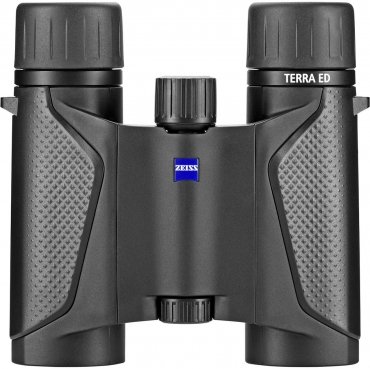
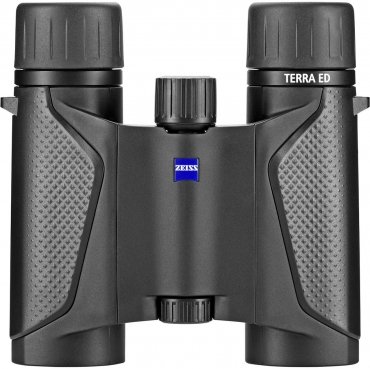
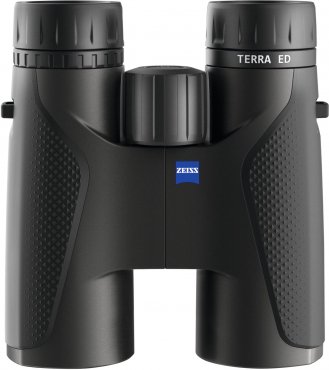
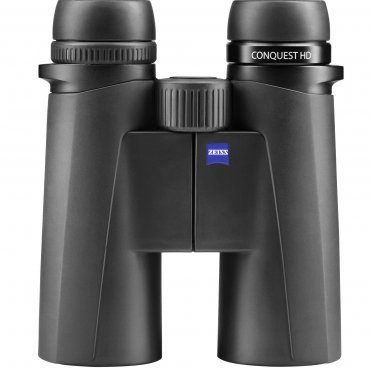

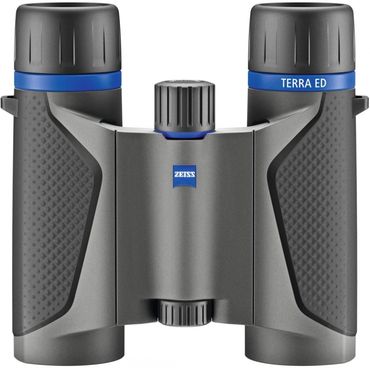
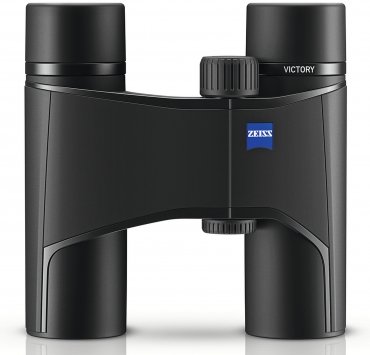
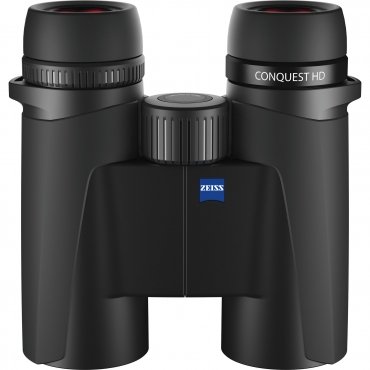
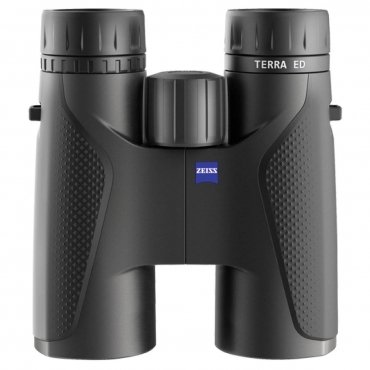
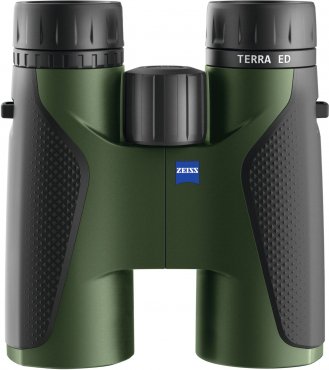
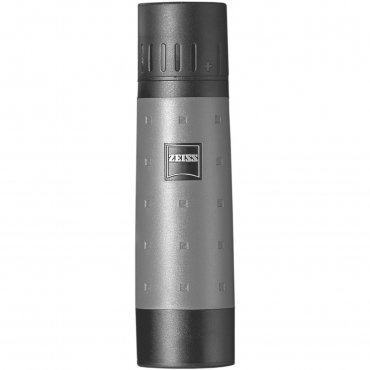
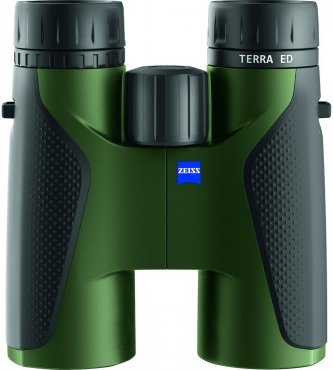
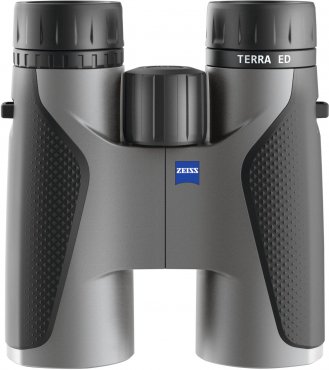

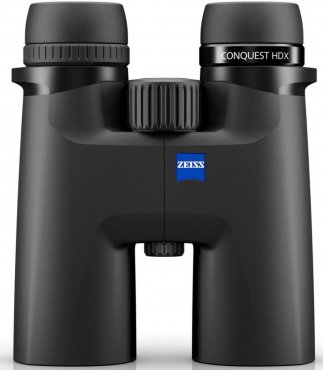
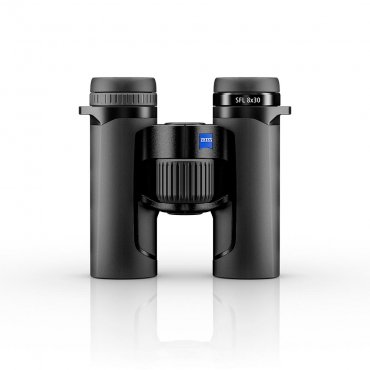




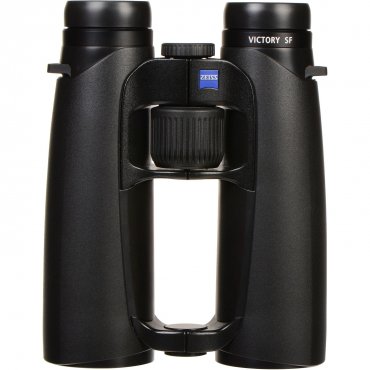
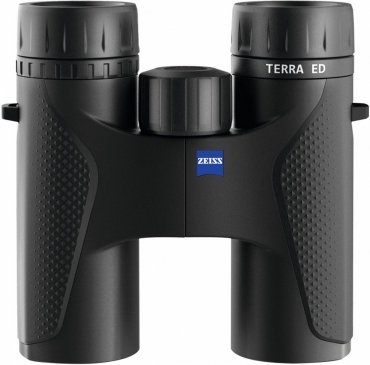



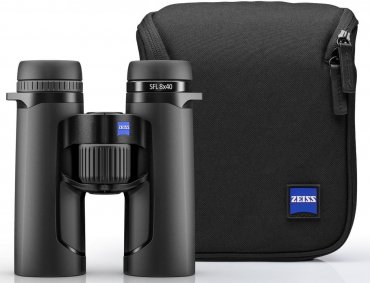
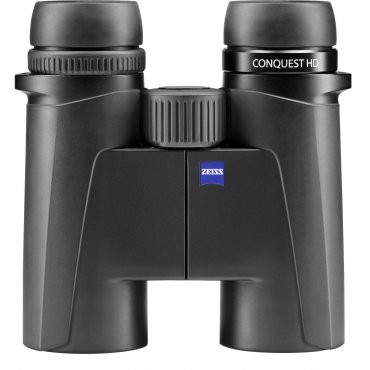
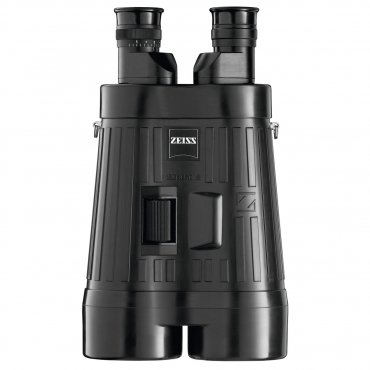
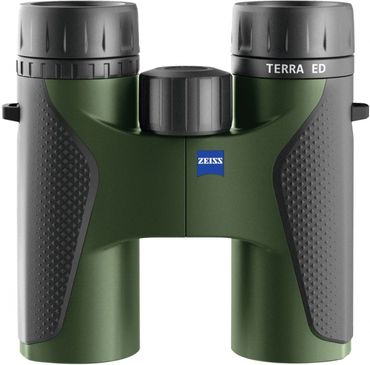
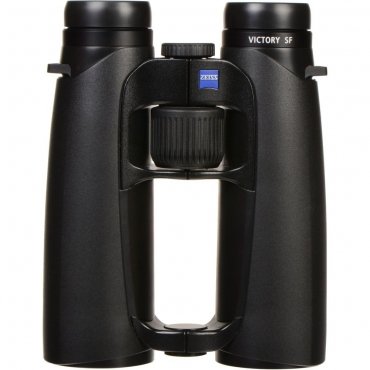
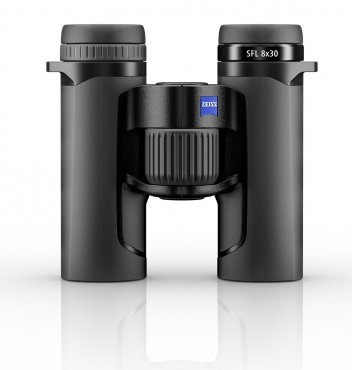

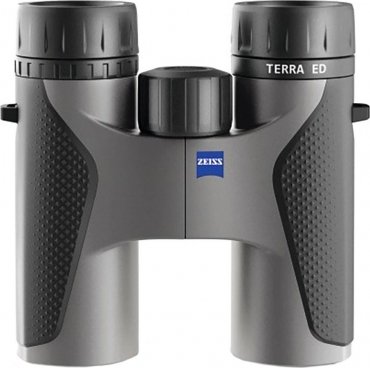
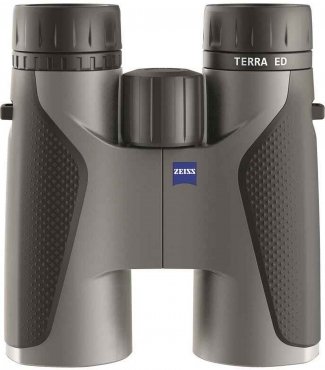
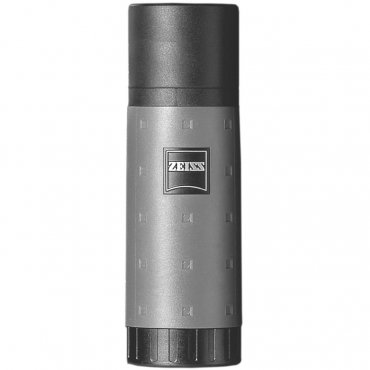

Simply subscribe and benefit as a newsletter recipient every week: